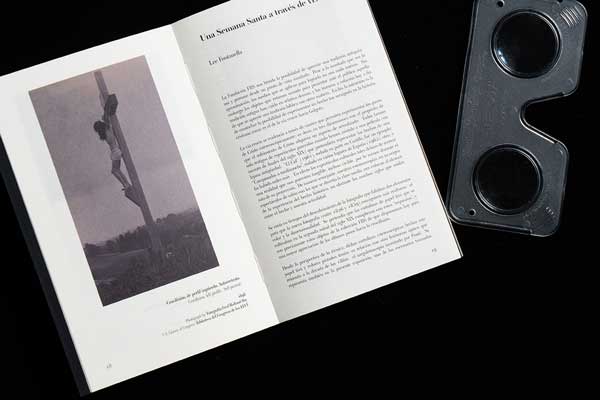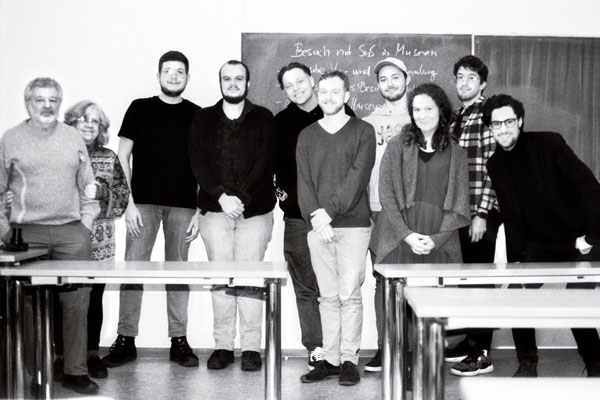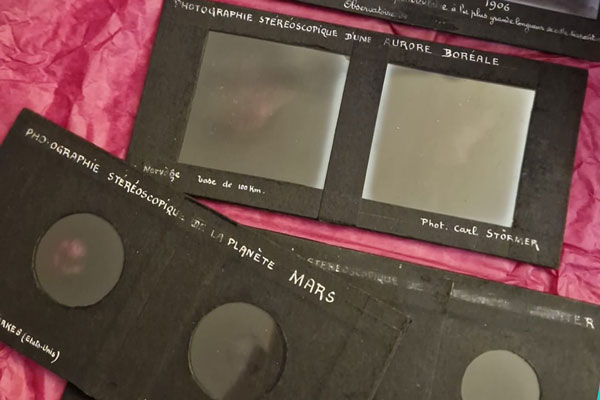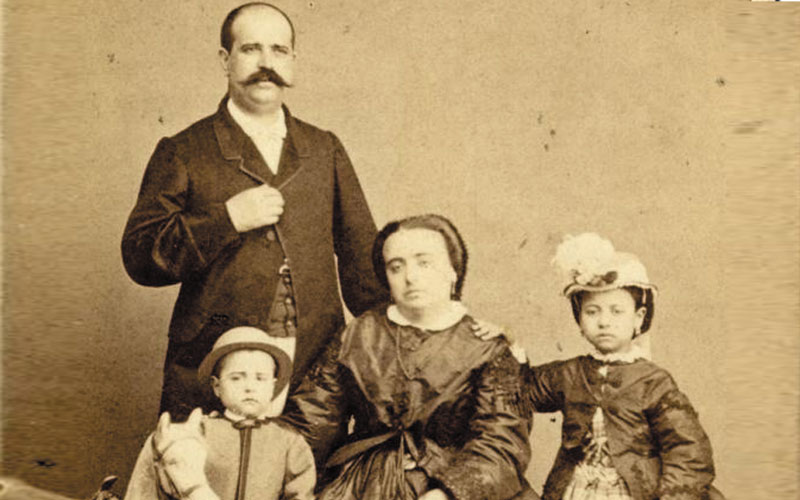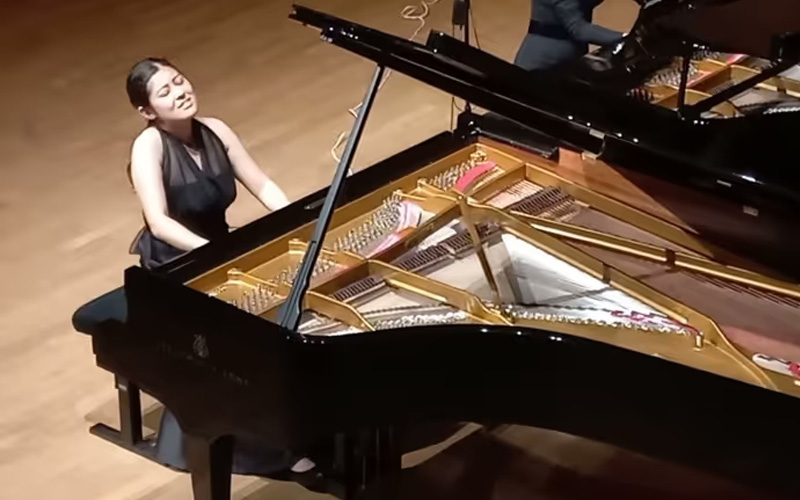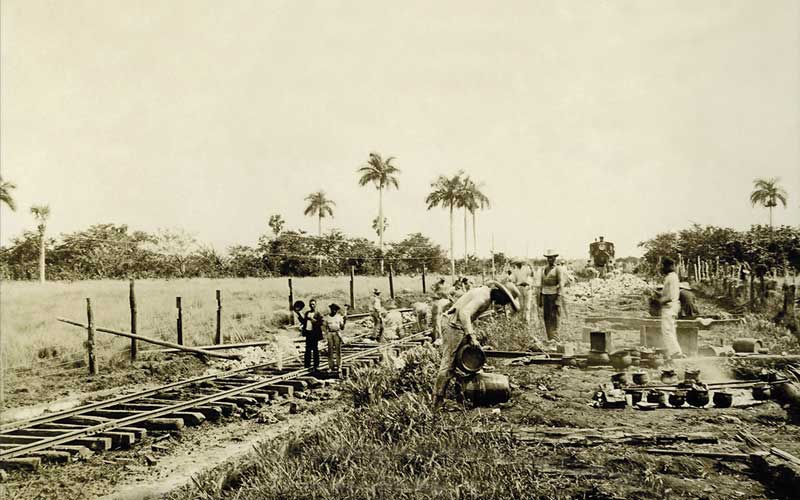for the study of the historical footprint of stereoscopic photography as science and art
Registration number 2837
This private collection has been generated for more than 45 years by Juan José Sánchez García and Yolanda Fernández-Barredo Sevilla (architects and collectors).
The collection is particularly focused on stereoscopy, mainly because it has the ability to restore spatial dimensions through both direct and interposed views.
The collection also includes monoscopic photographs, apparatus for direct viewing, restitution, projection, reproduction and graphics. Also furniture, library and accessories related to the exciting world of the image, such as Klumpe dolls.
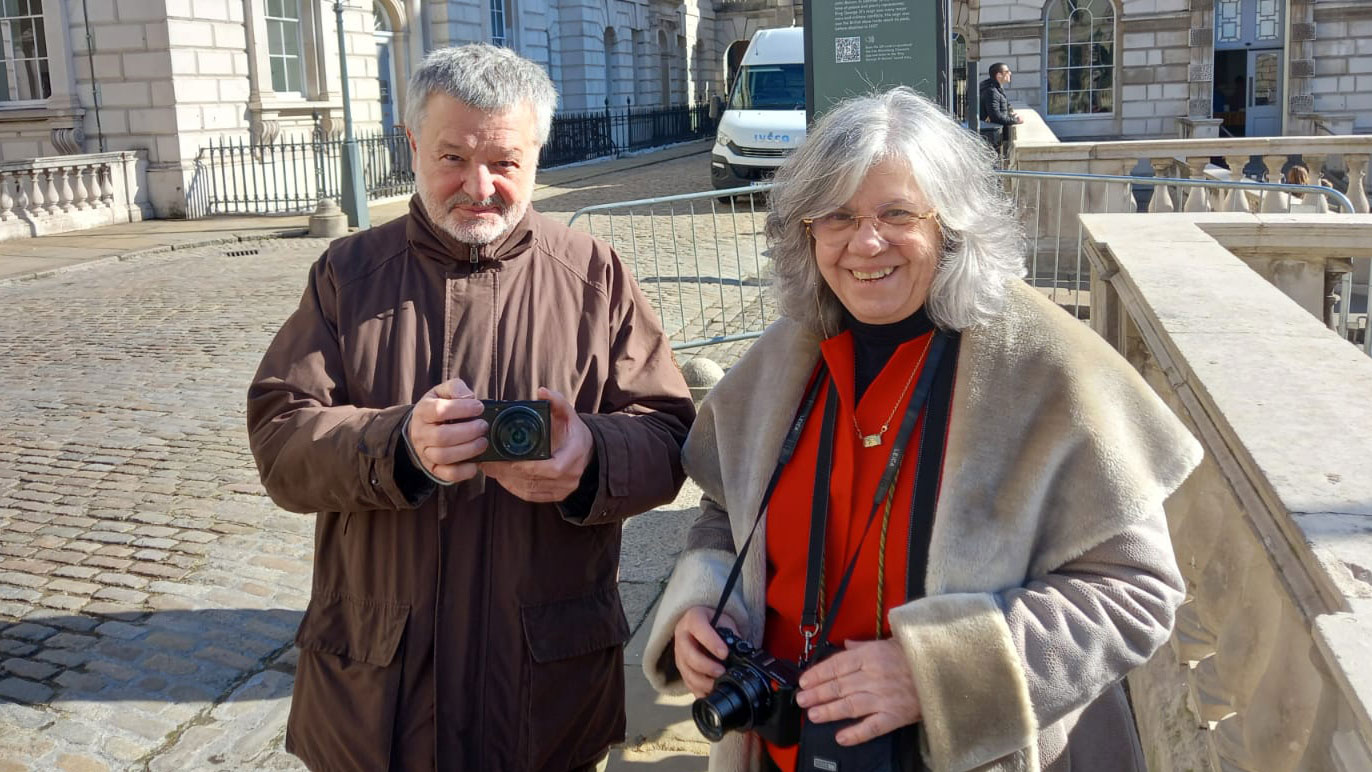
Juan José Sánchez García & Yolanda Fernández-Barredo Sevilla.
Photograph by Lee Fontanella, in London, 2023
Negretti & Zambra, Photographers to the Crystal Exhibition Palace Company, La Alhambra, daguerreotype, c. 1851.
Alfonso Begué, “La Cibeles Fountain”. Madrid, 1864
Man taking a radiography of his own hand, after 1895
M.J. “Head of a male mosquito”, microstereoscopy, c.1900-1910
Unknown photographer, untitled, autochrome, 1927
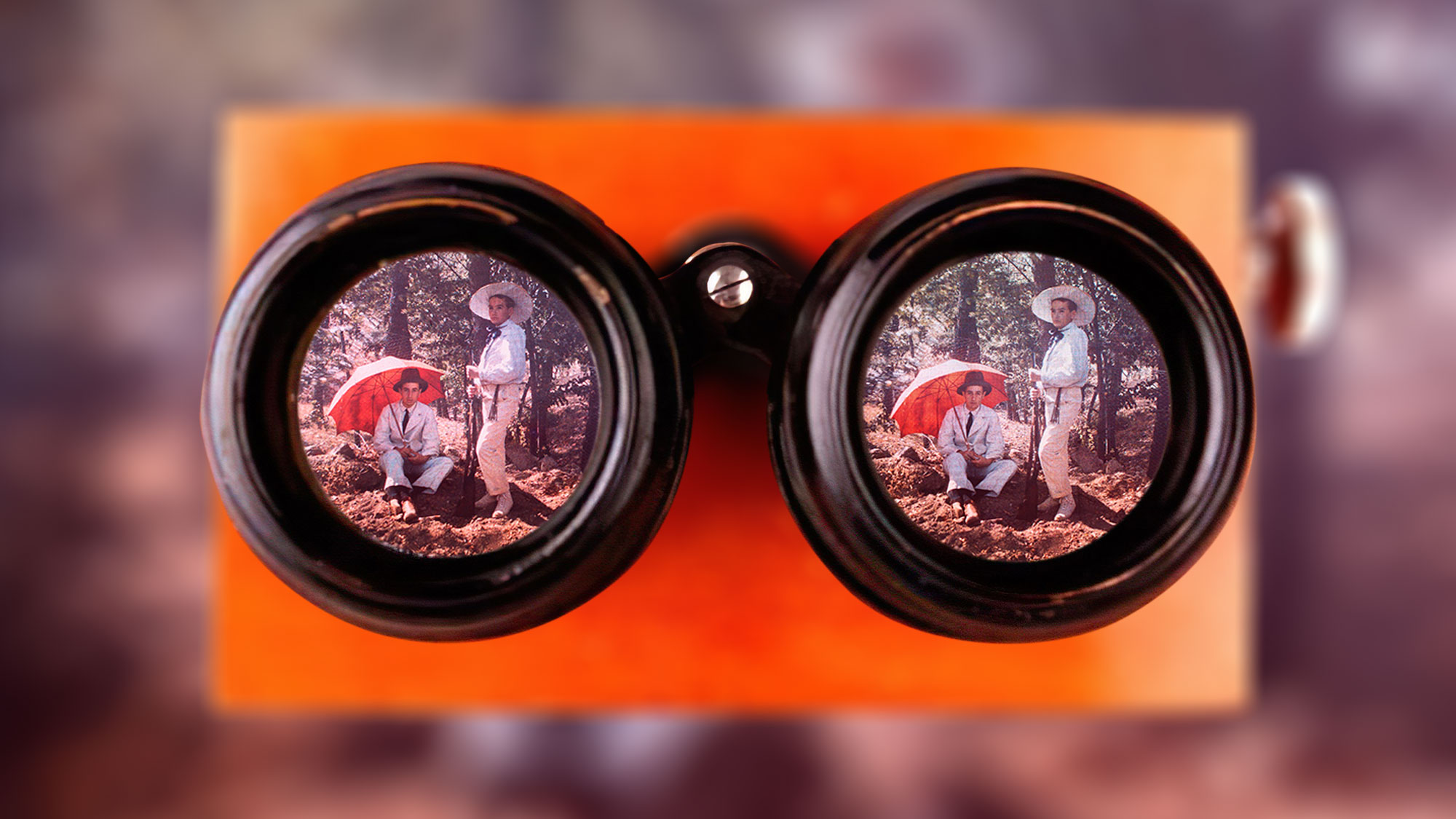
Unknown photographer, untitled, autochrome, 1927
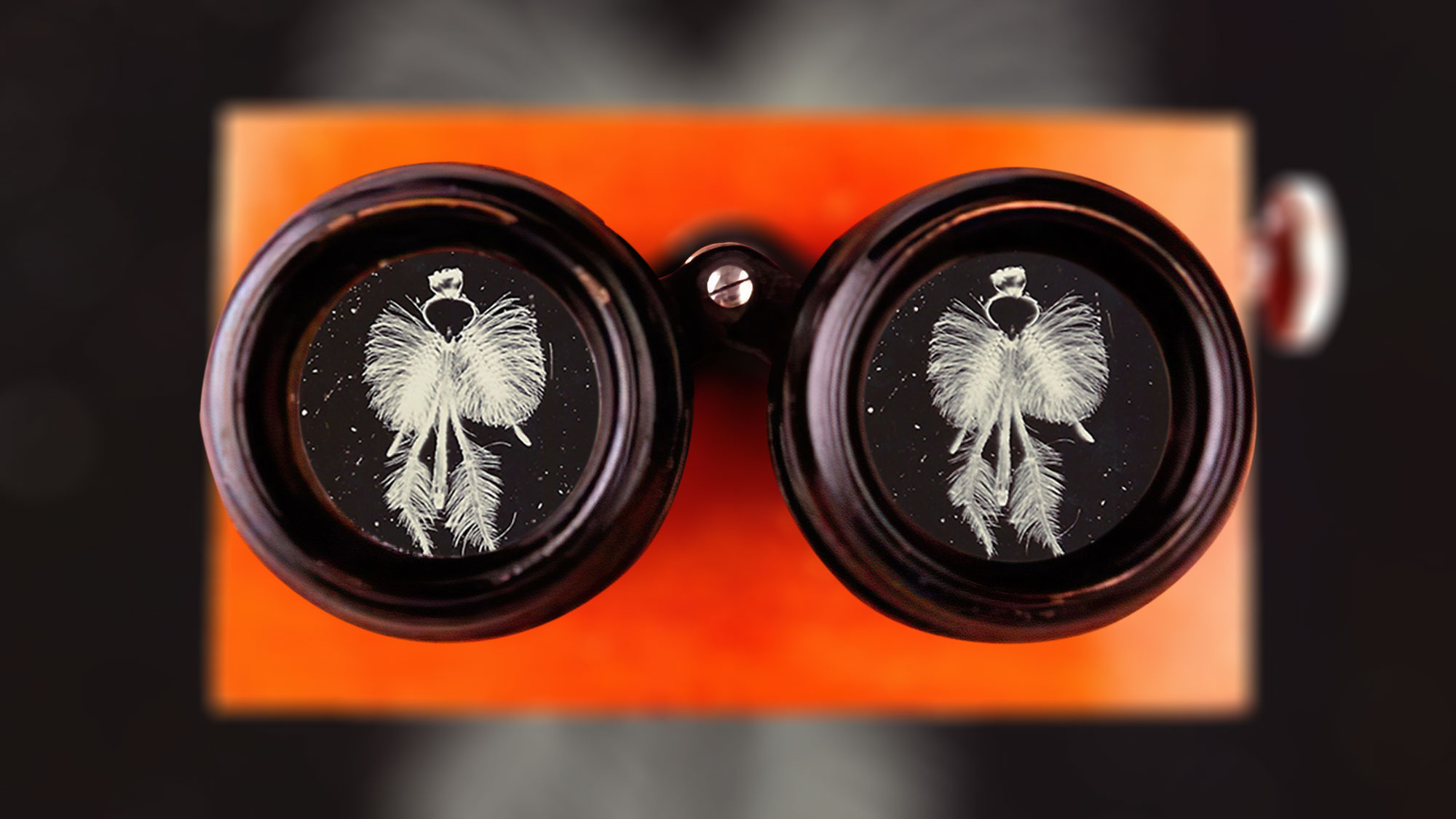
M.J. "Head of a male mosquito", microstereoscopy, c.1900-1910
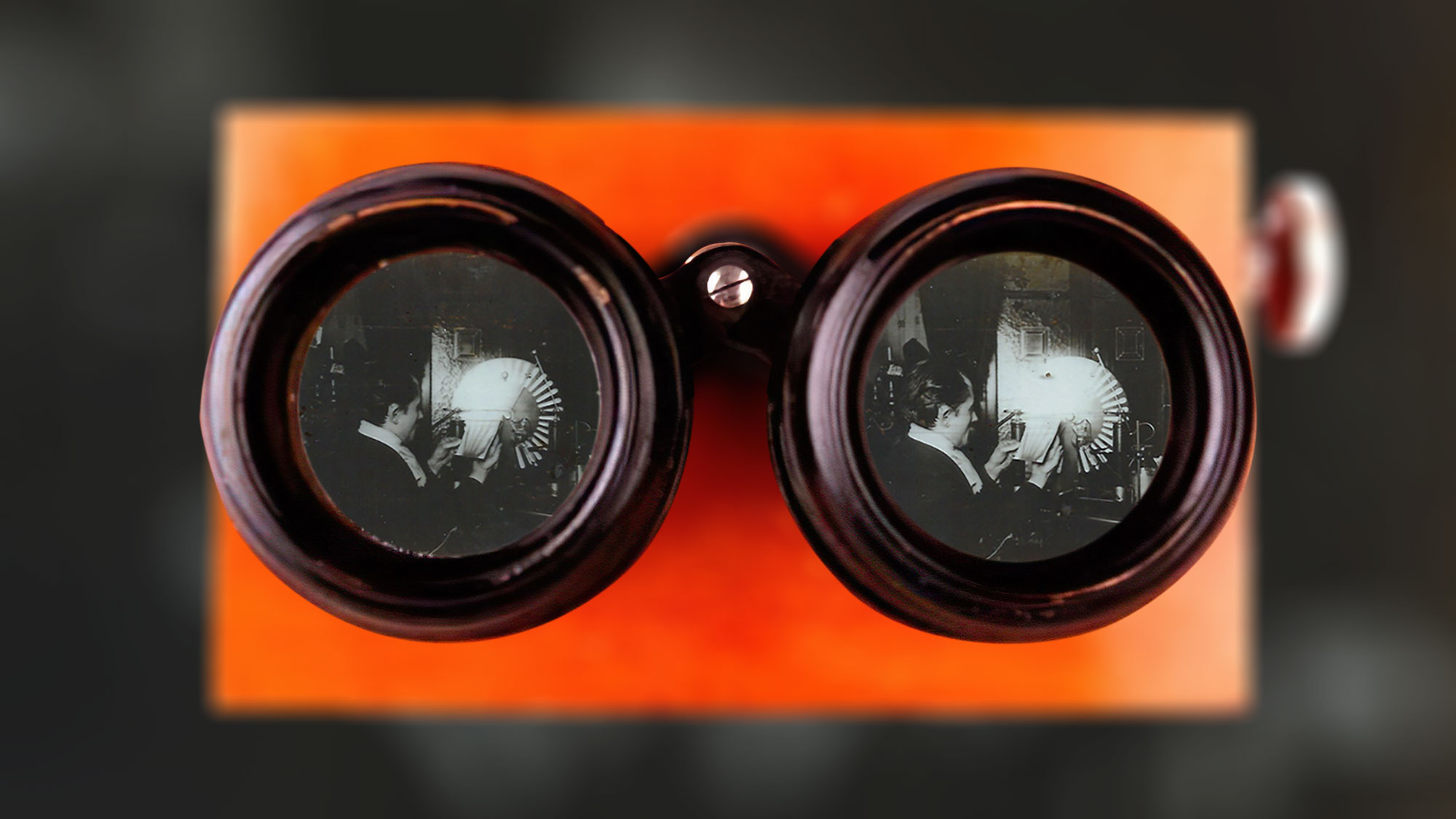
Man taking a radiography of his own hand, after 1895

Alfonso Begué, "La Cibeles Fountain". Madrid, 1864
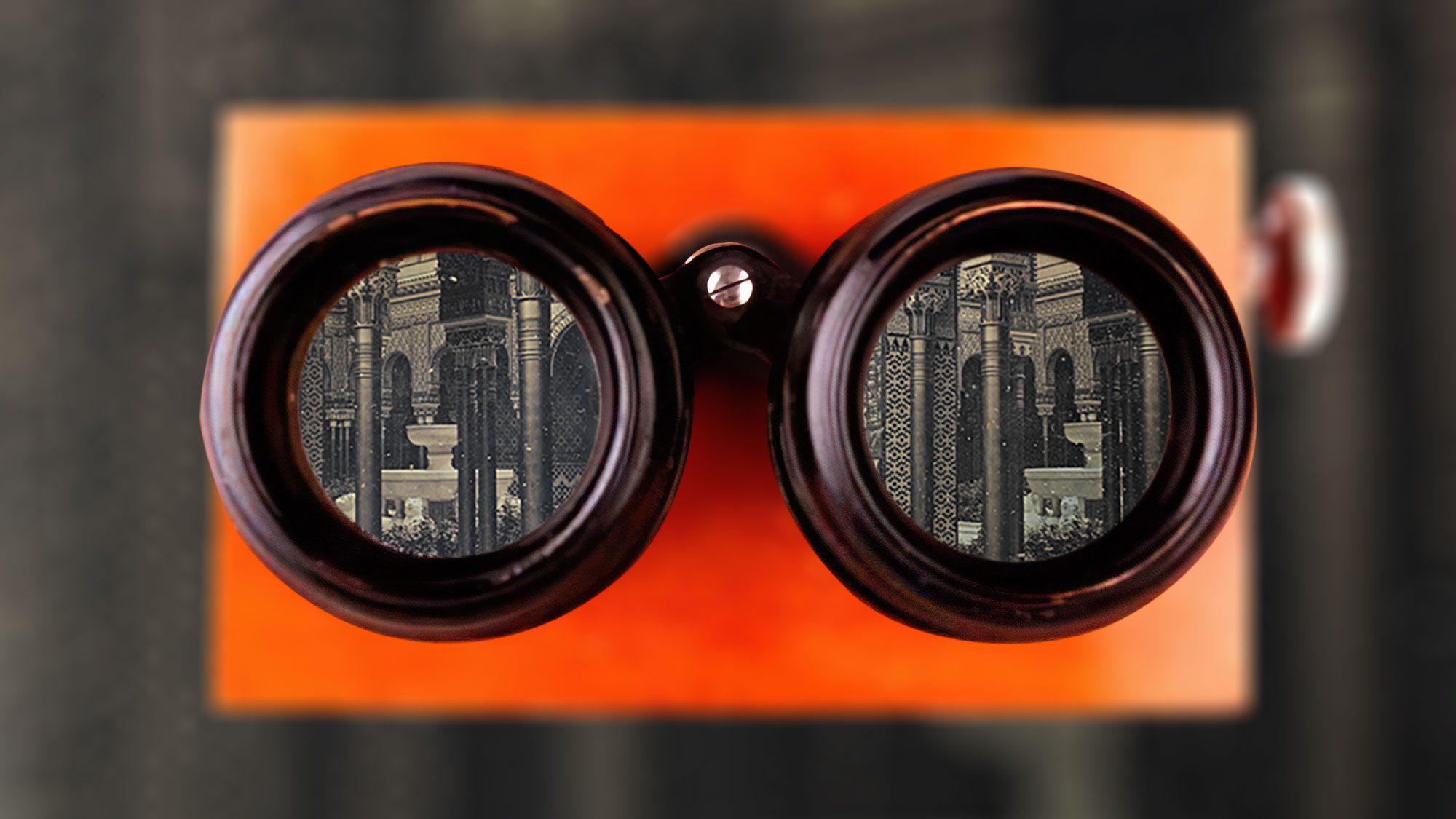
Negretti & Zambra, Photographers to the Crystal Exhibition Palace Company, La Alhambra, daguerreotype, c. 1851.
From collection to foundation
It is winter 1978 in Madrid. Juan José Sánchez García, a young architecture student walks along Magdalena Street and stops in front of the showcase of an old-paper shop named Utopia. His eyes set on an old Holmes visor, which triggers his curiosity. He buys it without hesitation. Along with the device comes a set of old stereocards which includes a diablerie. He takes it home and shows it to Yolanda Fernández-Barredo Sevilla. The couple of architecture students succumbs to the beauty and magic of the 19th century 3D world. This is the beginning of a life devoted to collecting stereoscopic photography and all the devices needed before, during and after the moment of the creation of a stereophotograph.
After acquiring the first stereoscope, the stereocards, and the camera, their restlessness almost turned into obsession. The search for other objects in old libraries, antiquarian shops and flea markets became a race against time. The modus operandi was that Juanjo would search for the objects (the hunter), and Yolanda (who wrote her PhD Thesis on 19th architectural photography with a focus on stereoscopic photography in Madrid) would take care of searching for primary sources of text for documenting them, aiming at paving the way for future research. It is beyond doubt that this complementary teamwork made possible that such a unique and holistic collection was built.
45 years after the first acquisition, the magical Holmes stereoscope, their fascination for stereoscopic has only grown, as has their collection. It holds around 350.000 photographs, with more than 80% being stereoscopic photographs, including some extraordinary daguerreotypes and autochromes, more than 1000 viewers, 30 cameras, more than 1000 different devices and apparatuses, 19th-century furniture to keep, preserve, and organize stereoscopic plates, and more than a library with 10.000 publications. The collection has a strong focus on the applications of stereoscopy to all different scientific disciplines.
The collectors have acquired a building in La Granja de San Ildefonso, that they are fitting out (following the Passive House philosophy) both to house the collection and to facilitate research. At the moment they are constituting the group of professionals who will be working with the foundation, both doing and promoting research within the collection. To this end, there are several projects already in progress: Research for pre-cataloguing the German part of the collection, at the IZWT (Interdisciplinary Centre for Science and Technology Studies) at the University of Wuppertal (an ongoing student pilot project, which started in October 2022), exhibitions and publications, conferences and collaborations with specific projects such as the non-profit Tablet App Golden Memories, which offers photographic games personalized with family and historical photographs to retrain memory for people with memory loss.
.
A representative sample of the pieces that make up the FBS collection:
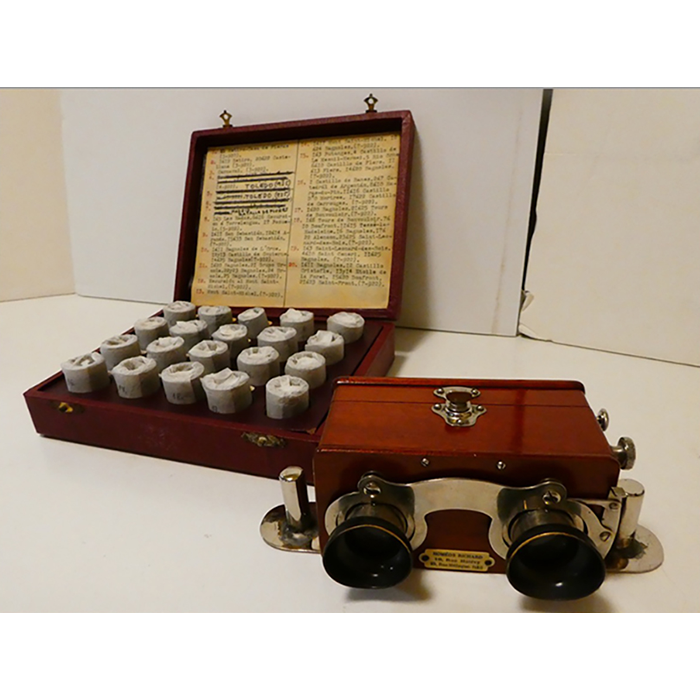
Sub Heading

Sub Heading
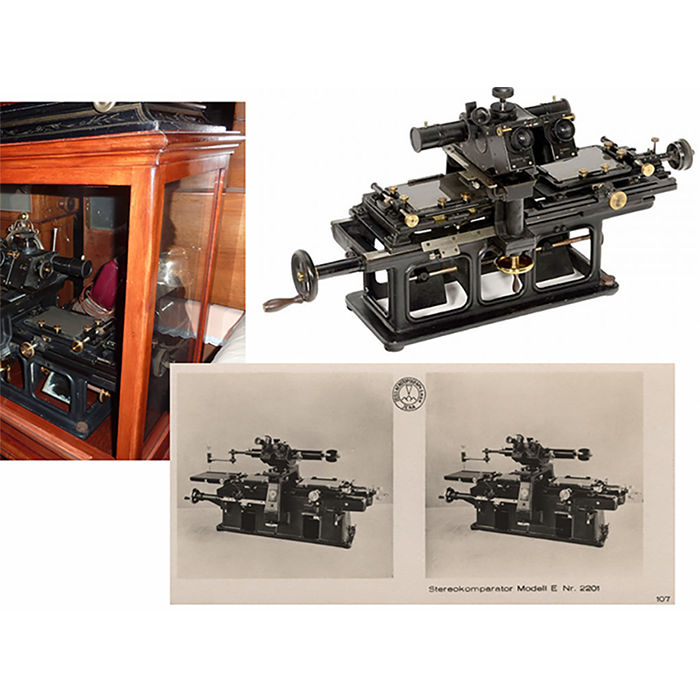
Sub Heading
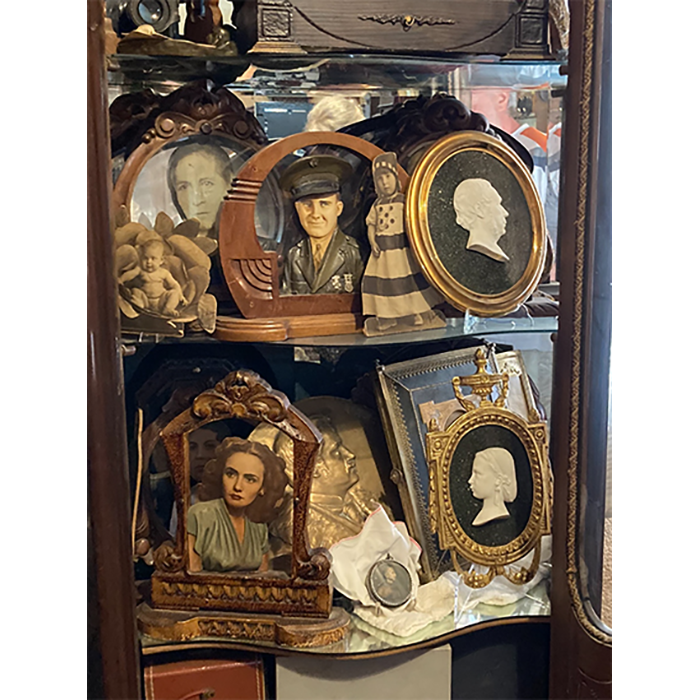
Sub Heading
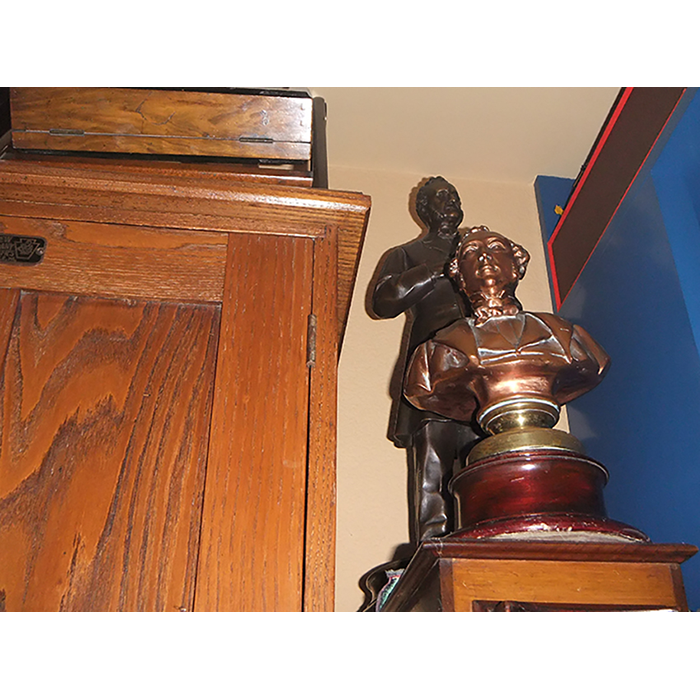
Sub Heading

Sub Heading
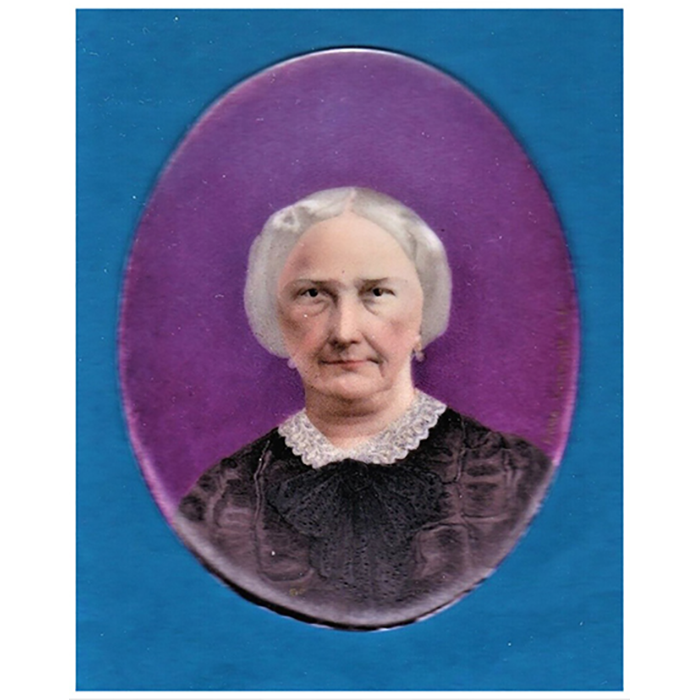
Sub Heading

Sub Heading

Sub Heading
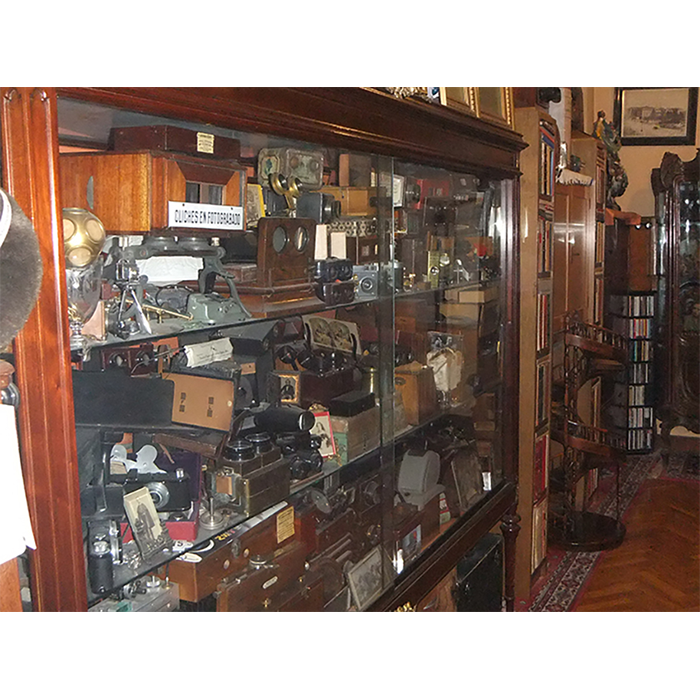
Sub Heading
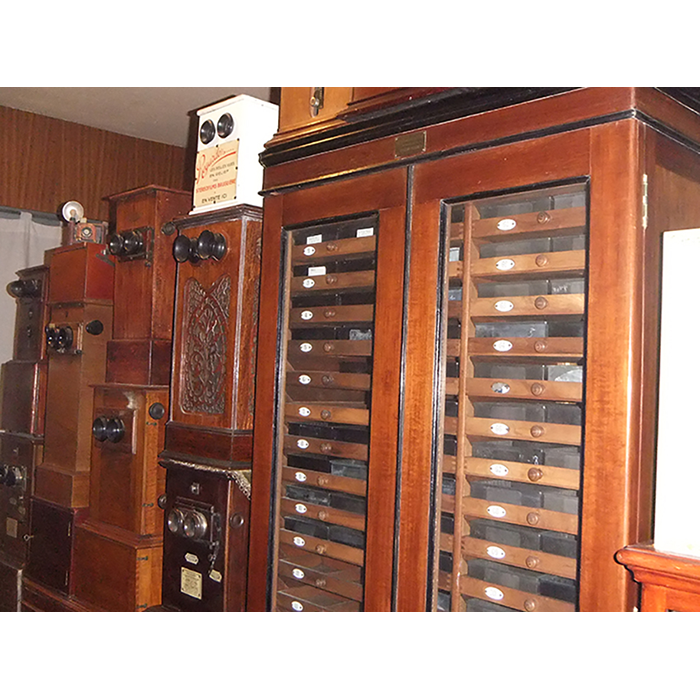
Sub Heading
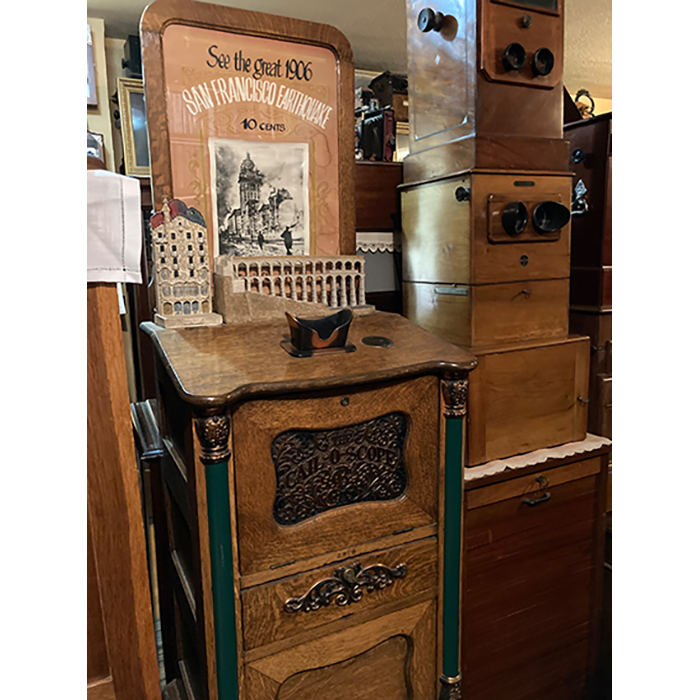
Sub Heading

Sub Heading

Sub Heading
Latest Projects
Activity report
The FBS Foundation has participated in various publications, exhibitions and presentations over the years, showing the versatility of stereoscopic photography in various scientific and artistic fields.
German part of the FBS Collection
A 5-year collaboration project between the IZWT and the FBS Foundation: 2024 – 2029.
Stereoscopic photography and astronomy
Astronomical stereoscopic photography of the 19th and 20th centuries, prominent in science, is preserved in plates and copies by the FBS Foundation
